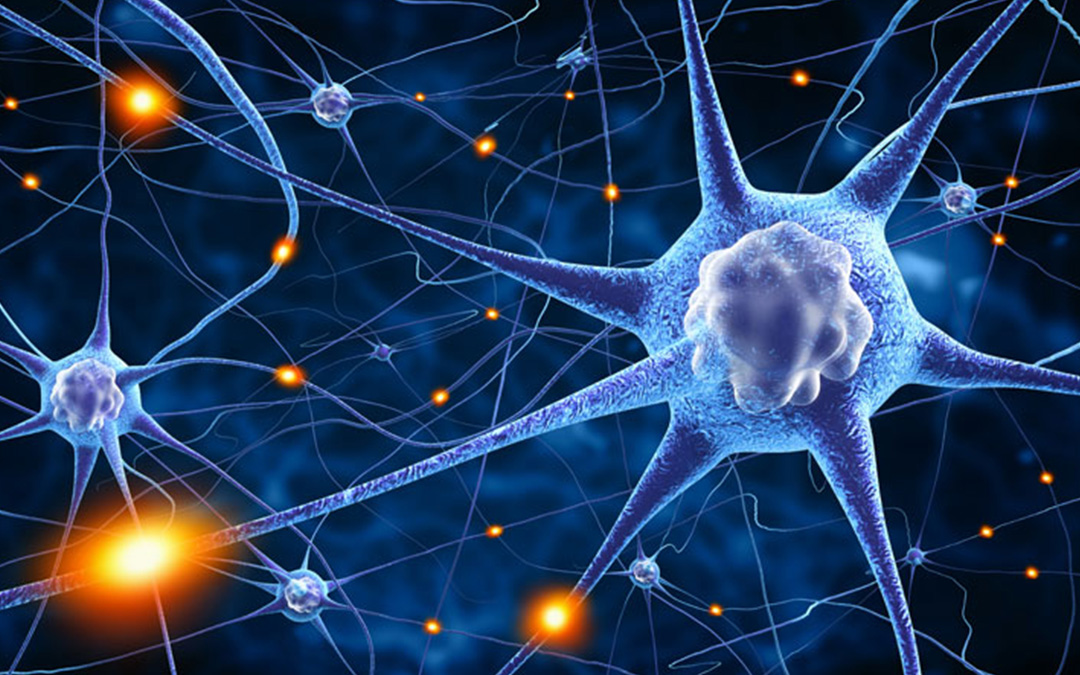Neuroplasticity is the brain’s ability to forge new connections and pathways, the ability of neural networks in the brain to change through growth and reorganization. It is found that neuroplasticity does not happen only during our childhood but also throughout adulthood which means our brains are still changing though out our lives accordingly to our experience, thoughts and other inputs.
The good news is that it means that we can be somewhat in control of our brain and have some influence to shape (or reshape) our brain to our own benefit and advantage. In other words, we can still rewire our brain to help us in our life’s journey regardless our previous experience that have already shaped our brain. We can still disconnect and make new connections of those 86 billions neurons in our brains accordingly to our objectives and goals.
There are countless studies, books and theories about neuroplasticity and how to work with them accordingly. Mostly in the fields of psychology and medicine, but the good news is that we can use it to make us better everyday with simple ways that we can do everyday.
Rewiring our brains is a matter of attitude as well as action, since our brains cannot really differentiate between real and imagined actions or thoughts, and that is good news for us all. Here are several simple ways we can do everyday to rewire our brains.
First and probably the foremost way to rewire our brain, and in my opinion the simplest way is to be thankful and grateful for the good things in our lives. Thinking positive or negative thoughts lays pathways to more positive or negative thinking. By being thankful, we create upward spirals of positivity in which our brains are shaped to lay even more positive thoughts in the future. The brain takes cues for the words (as input) said by ourselves or others, so think carefully of our choice of words, the one in our control as we cannot control what others would do or say.
Secondly, one of the greatest trick we should always remember is that ask ourselves positive questions when confronted with a challenge. It is a practice known as interrogative self-talk. It is considered as more helpful than declarative self talk. For example, if you’re going in for a interview of your dream job or company, you can ask yourself, “what would I do to impress the interviewer?”, “what should I point out if I be selected to fill in the position?”. It’s better rather than declarative talk like “I’m awesome and I’ll ace this interview”.
Third, take advantage of the power of rewiring the brain and break away from the past. Rather than dwelling on what has gone wrong in the past, reframe your mistakes as learning opportunities. Challenge your internal scrips and stories about yourselves and set new goals for the future.
This comes to the fourth way, that would help those who want to bread a bad habit. To break a bad habit, you need to weaken the neural pathway by changing or delaying your actions. But first, what you’ve got to do is to find and understand the trigger. Once you’ve found it, then put in place preemptive measures that force you to behave in a new way, thus weakening the neural circuits. For example, if you want to break the bad habit of scrolling through social media, instead of doing something more useful, then you must find the trigger first. Probably when you are stuck with work, or waiting for the bus. Once you’ve identified the trigger, you can replace it or delay it, probably by putting away your phone when waiting and replace it with a book, or when stuck at work, walk around instead of scrolling through your phone. Also remember to avoid the condition when you’re hungry, angry, lonely or tired (HALT) as it would sap your willpower to do whatever it takes to do the right thing, as well as the previous point about breaking away from the past, or you might just continue to feel sorry about yourself and get even more depressed instead.
Next important way is to use visualization. Visualization encourages your brain to behave as though success is an inevitability. If you picture a successful outcome in advanced, it would be easier to achieve when you attempt it in real life. It’s a proven technique used by elite athletes, but the good news is that visualization can be used in every situation and in whatever line of work or situation you’re in.
Lastly and most importantly is that we have to be consistent. Consistency is the key to rewiring your brain. You cannot do all of the above just once or twice, but you have to make it a habit. Neural networks are not built in just one night but they are built, and strengthened because of repetition.

